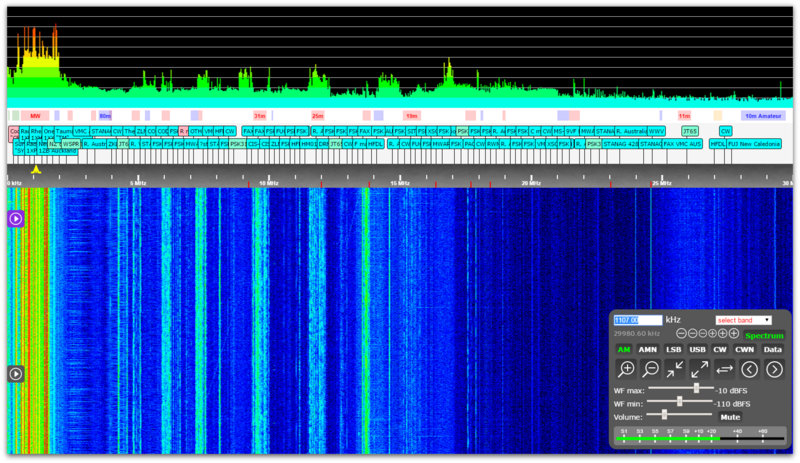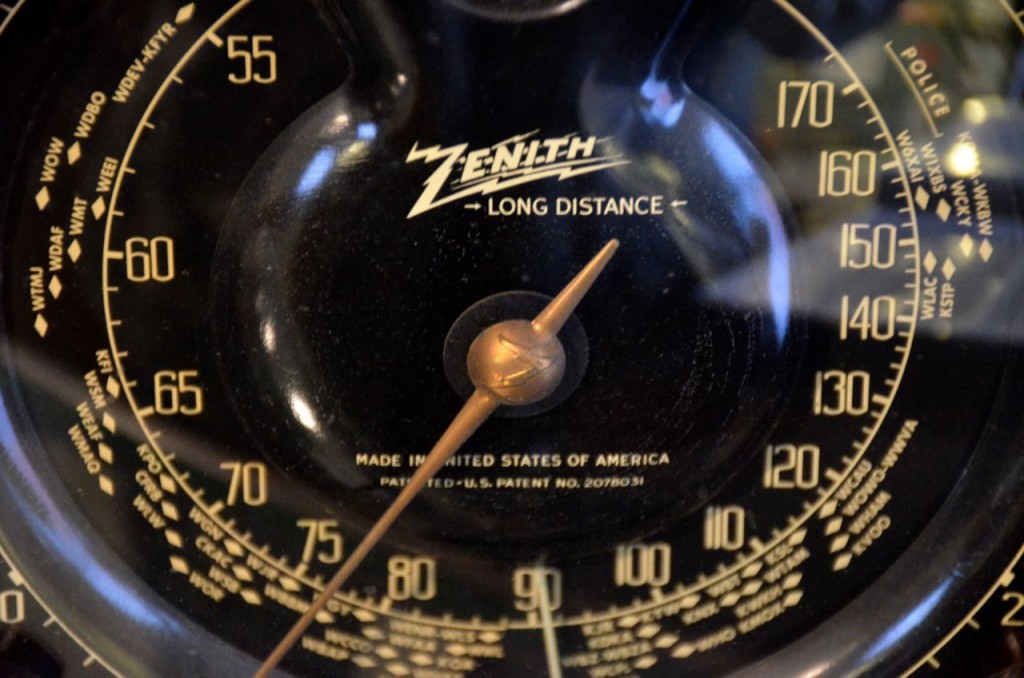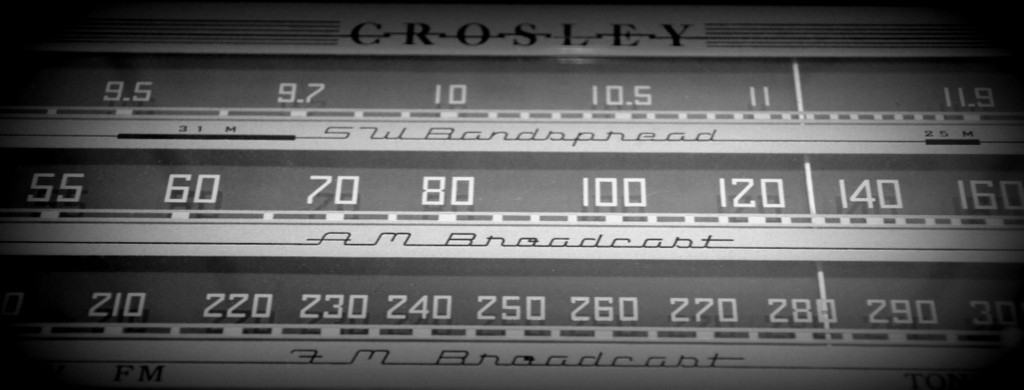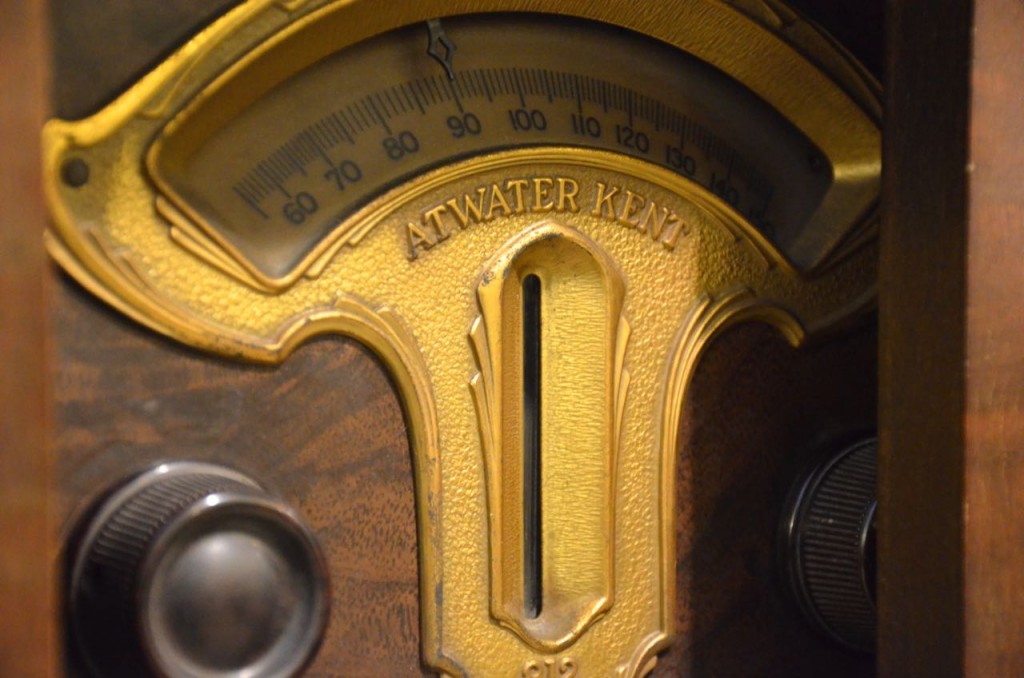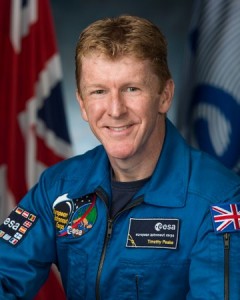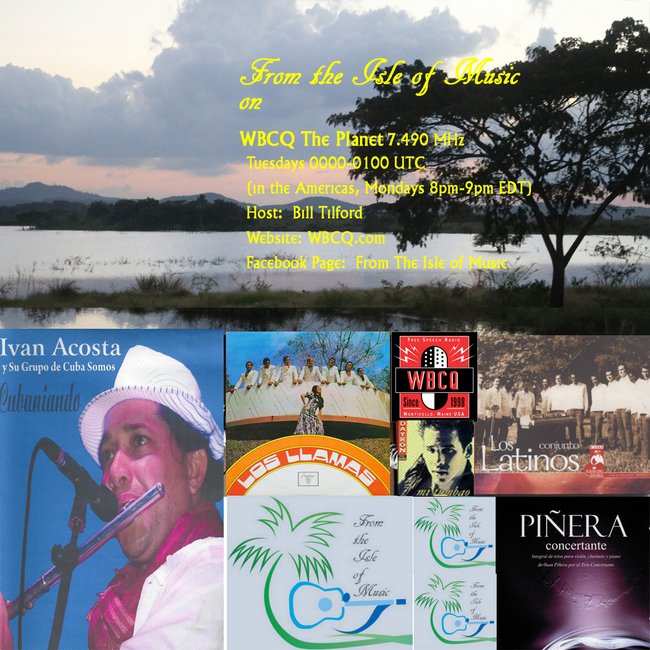SWLing Post contributor, Paul Walker, is seeking your input for his next shortwave broadcast. Paul writes:
Thomas, I will be doing another shortwave broadcast in about 2 months and I need some input from your readers, particularly those in the US.
I will likely broadcast just on WRMI this time, but instead of an East Coast target area on 11580khz, I am going to aim for the Midwest & West Coast via 5850khz or 7570khz.
It appears the signals which are on 2300UTC to 1400UTC daily have the same beam at 315 degrees towards Vancouver, Canada. They both appear to cover the Midwest fairly well as hitting the west coast.
I would love to hear from readers if there is an actual difference in the two signals despite the same power and beam. Maybe one channel has adjacent channel interference or something.
If folks could check either frequency as close as possible to 0500UTC/12midnight eastern and note conditions on both signal and the differences between the two, I would appreciate it. (0500utc/12midnight eastern wlll likely be the time of my next broadcast.
One friend already reported slightly better audio processing and slightly better modulation. […]I want to know what my target audience in the Midwest & Western US thinks.
Thanks,
Paul
Please feel free to comment if you can assist Paul.


